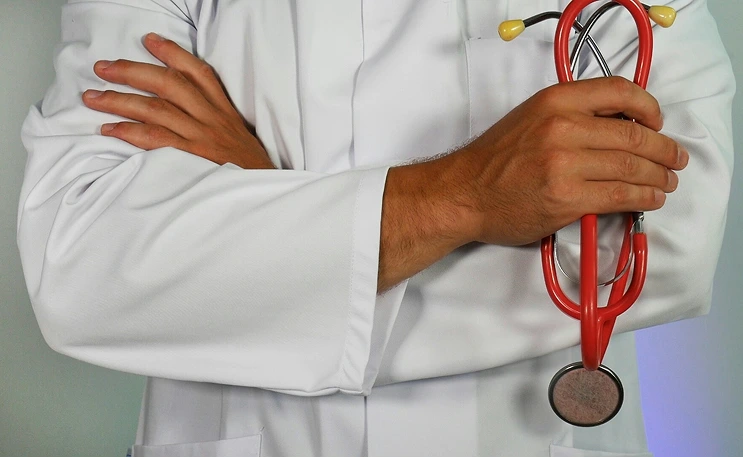The atlantoaxial junction (C1-C2) represents one of the most complex regions of the spine, allowing for approximately 50% of all cervical rotation. Instability at this level can result from trauma, inflammatory conditions like rheumatoid arthritis, congenital abnormalities, or tumours. Surgical stabilisation requires precise instrumentation within millimetres of critical neurovascular structures, including the vertebral arteries, spinal cord, and upper cervical nerve roots.
Robotic assistance dramatically enhances the safety and accuracy of these demanding procedures. After patient positioning and registration, the robotic system creates a detailed map of the unique upper cervical anatomy. The surgeon plans precise trajectories for C1 lateral mass screws and C2 pedicle, pars, or laminar screws based on individual anatomy and pathology. The robotic arm guides each screw placement with submillimeter precision, navigating around the vertebral arteries and other vital structures.
This exceptional accuracy is particularly valuable in cases of congenital anomalies or severe degenerative changes where normal anatomical landmarks may be altered or obscured. Different fixation techniques, including transarticular screws, Harms technique, or Magerl technique, can be executed with greater confidence using robotic guidance, potentially reducing the significant risks associated with instrumentation in this critical region.

